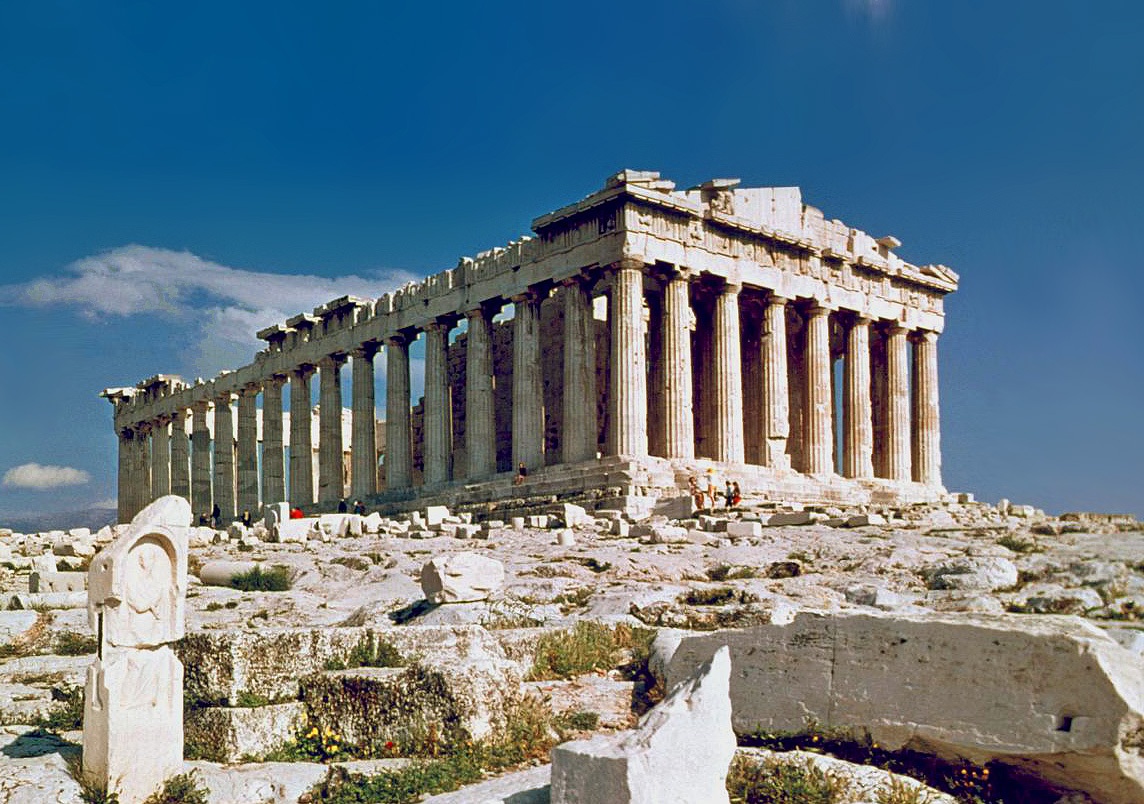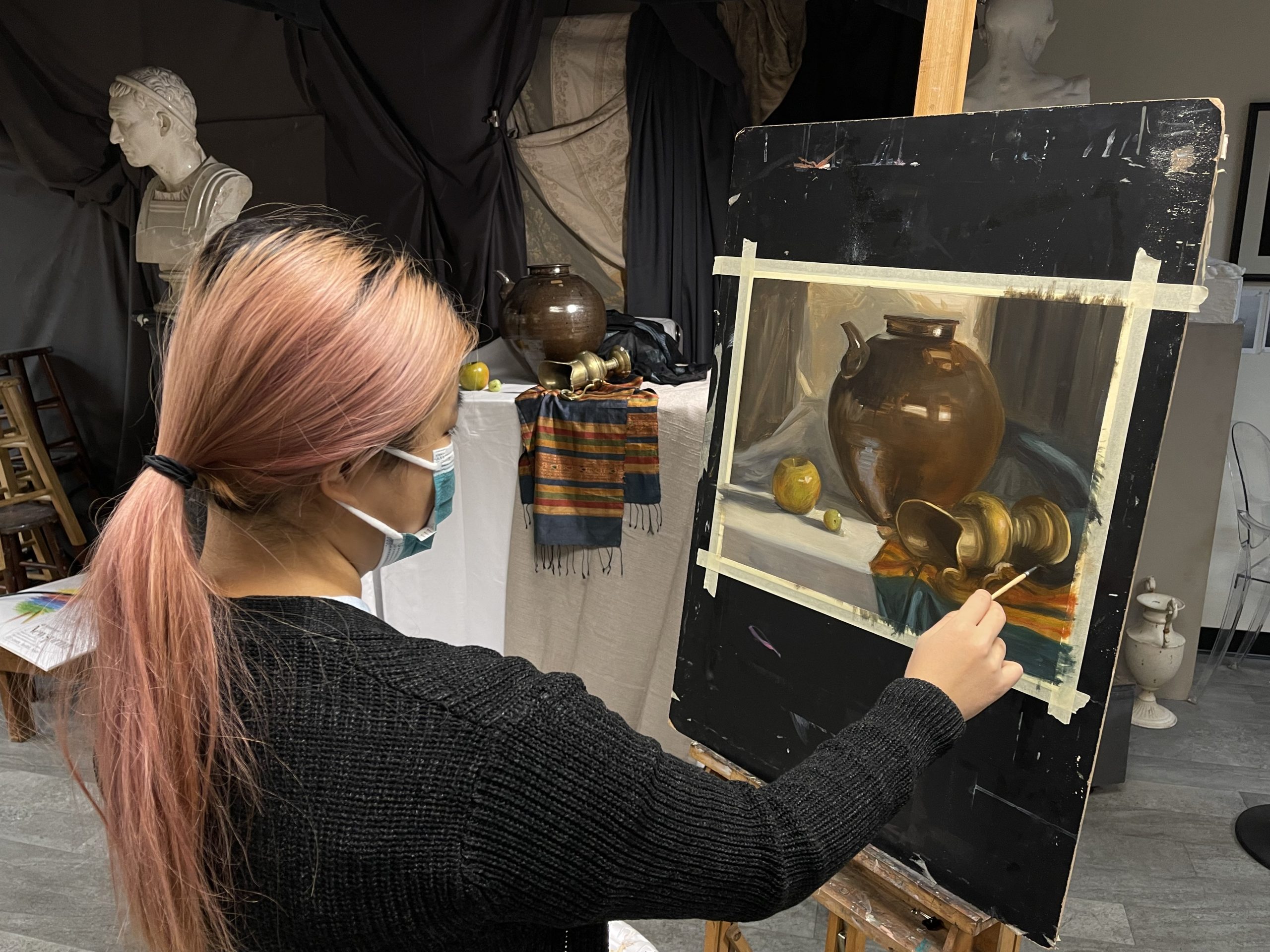Before the establishment of institutions for Classical Art, artists relied on alternative methods of study such as guilds, workshops, and apprenticeships. Guilds were sworn associations, often composed of merchants, craftsmen, or tradesmen and were typically linked to a certain town or city. These craft guilds regulated training, production standards, and member welfare. Workshops served as key training environments for aspiring artists, where they learned their skills over several years. Apprentices typically started by copying existing sketches and eventually progressed to creating artwork under their own names. Training generally lasted for three to five years but could often be varied based on the apprentice’s progress. Their tasks ranged from running a workshop to making brushes from boar’s hair, preparing glues, and grinding pigments in marble basins.
The advent of classical academies for the study of art broadened opportunities for aspiring artists as early as the sixteenth century. These academic traditions have survived the centuries, influencing the study of Classical Art as we know it today. Academies like the Princeton Academy of Art seek to replicate the methods of teaching and study which saw great success in the early years of the academic institutions for Classical Art. The following six academic institutions set the standards by which the classical academies of our modern era seek to emulate.
1562 – The first historical institution is the Accademia di Belle Arti di Firenze, also known as the Academy of Fine Art of Florence, located in the heart of historic Florence.
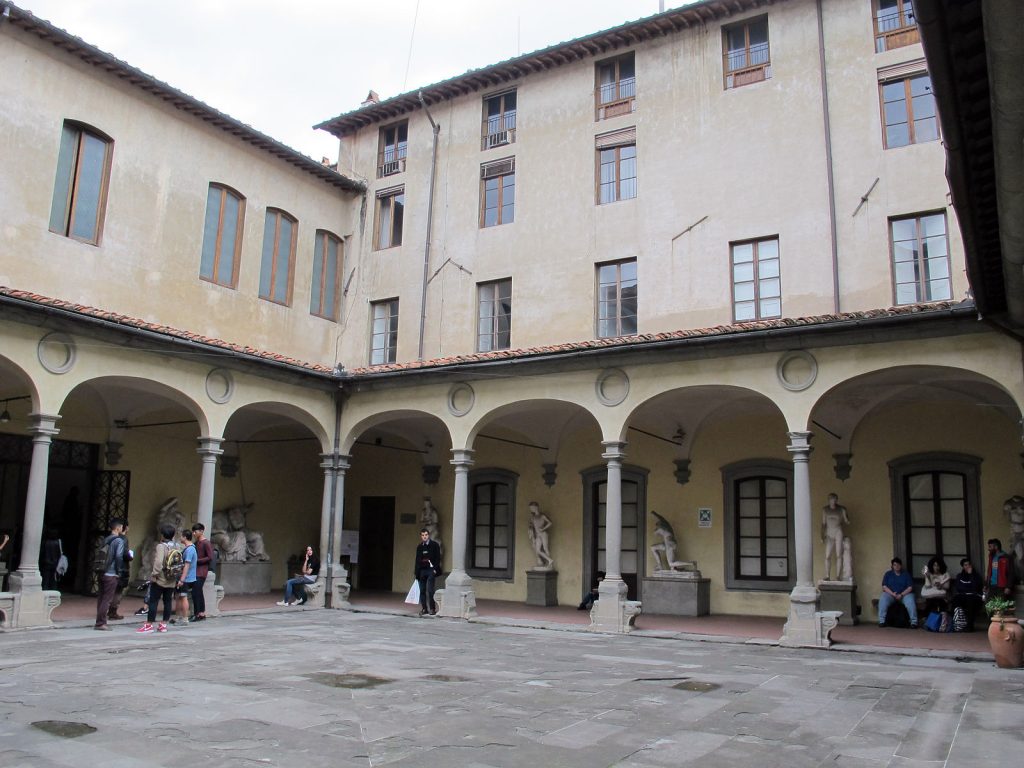
The art school’s origins trace back to the city’s early trade organizations, particularly the Compagnia di San Luca, or Company of St. Luke. In 1562, the school evolved into the Vasarian Academy of Drawing. Its founders aimed to protect Tuscany’s cultural heritage, establishing it as the first European institution to integrate the teachings of both art and science. Numerous artistic masters have taught at the Academy, such as Felice Carena, Galileo Chini, and Giuseppe Graziosi.
The Accademia di Belle Arti di Firenze offers programs at both bachelor’s and master’s levels. The bachelor level includes painting, decorative arts, sculpture, printmaking, and graphic arts departments, whereas the master’s level includes visual arts, curatorial studies, and sculptural set design for theater. The academy also offers the Erasmus program which allows students to study at partner institutions abroad.
Today, nearly 2,000 students from all over the world attend the school. The curriculum includes three-year and two-year specialist courses. Additionally, the school opened its doors to the city and the surrounding region.
1577 – The second historical institution for Classical Art is Accademia di Belle Arti di Roma (Academy of Fine Arts of Rome).
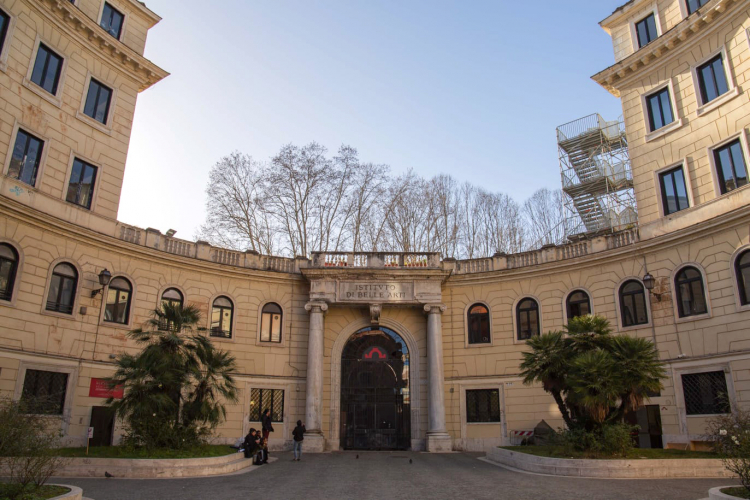
The Academy of Fine Arts traces its origins to the Academy of San Luca, founded in 1577 by Girolamo Muziano and Federico Zuccari. This institution originally focused on three major arts: painting, sculpture, and architecture.
During the Enlightenment, the Academy established the Free School of Nude, emphasizing the essential study of drawing the human form from life. This approach enhanced the Academy’s reputation and led to prestigious commissions, such as the renovation of the Pantheon and the Basilica of San Paolo. The building in Via di Ripetta, also known as The Horseshoe, was constructed as a residential complex in the 1840s. It is now repurposed to serve as the headquarters of the academy.
After Italy’s unification and Rome’s designation as the capital, there was a push to reform art education to align with the new state’s needs. This led to the gradual evolution in the institution’s approach to art education. The school was initially called the Royal Academy of Fine Arts of San Luca, later became known as the Institute of Fine Arts, and eventually adopted the current name, the Academy of Fine Arts in Rome.
Today, the Academy offers courses in drawing, painting, sculpture, photography, and videography. It also provides 3 PhD programs: PhD in Cultural Heritage Sciences, PhD in Cultures Practices and Technologies of Cinema, Media, Music, Theatre, and Dance, and a PhD in Cultures, Practices, and Communication of Visual Arts.
1593 – The third historical institution is the National Academy of San Luca or Saint Luke located in Rome.
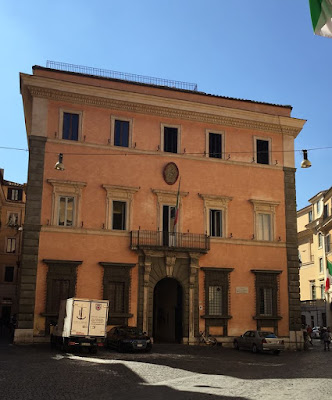
The Academy of Saint Luke evolved from the Universitas picturae ac miniaturae, an organization with deep roots in Rome. On December 17, 1478, Pope Sixtus IV updated the statutes. Since Girolamo Muziano had the desire to restore and elevate the arts and create a prestigious institution for teaching young artists, he advocated for the formation of an academy to welcome artists.
In 1593, Federico Zuccari established the academy’s headquarters, a modest building next to the church of Santa Martina. This building was remodeled over time and became a significant influence both locally and internationally, attracting numerous foreign artists who spent varying lengths of time in Rome.
Today, the National Academy of San Luca continues to promote the arts and architecture by recognizing the achievements of artists and scholars through their election to the Academy. It also supports the advancement and promotion of Italian art and architecture. The Academy’s commitment to the arts is demonstrated today through numerous initiatives, exhibitions, conferences, and meetings dedicated to these fields.
The academy is structured into three classes: painting, sculpture, and architecture. It includes 90 National Academicians, 30 Foreign Academicians, 36 Cultori Academicians, and 24 Benemeiriti Academicians. The National Academy of San Luca also maintains collections that are organized by painting, sculpture, and architecture.
1671 – The fourth historical institution is École des Beaux-Arts located in Paris, France. Founded in 1671 by Jean-Baptiste Colbert, the school’s mission is “to educate and train students planning to devote themselves to high-level artistic creation”.
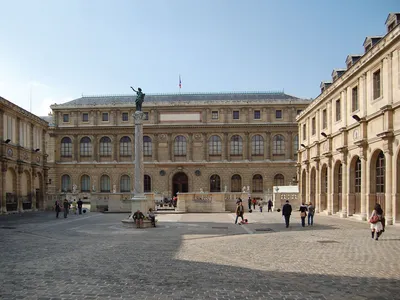
The academy was initially named the Académie des Beaux-Arts. The term “Academy” refers to the tradition of ancient classical schools of thought and art. The École was established to provide instruction in painting, drawing, sculpture, modeling, gem-cutting, and engraving.
Notable alumni of the École des Beaux-Arts include Camille Pissarro, an influential landscape artist, as well as painter Pierre-Auguste Renoir.
Today, the École des Beaux-Arts organizes its courses by department, including artistic practice, technical skills, printing and multiples, and drawing. Additionally, the school hosts an exhibition that attracts tens of thousands of aspiring artists. The exhibition features over 260 works and documents from the Beaux-Arts de Paris collections, as well as contributions from approximately thirty private and institutional lenders.
1757 – The fifth historical institution is the Russian Academy of Arts located in Moscow, Russia.
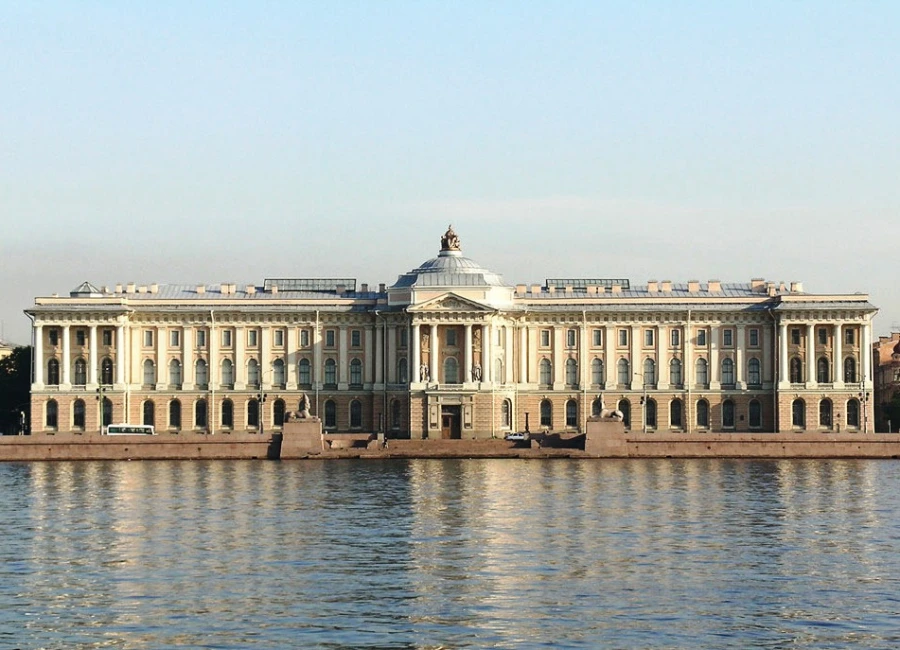
On November 6, 1757, Peter the Great’s vision for a Russian art school was conceived with the founding of the Academy of Three Noble Arts. Ivan Shuvalov, the Academy’s first curator, brought in European teachers, enrolled the Academy’s initial Russian students, and donated his private collection, which became the foundation of the Academy’s Museum and Library. In 1764, Catherine the Great further established the Academy’s significance by renaming it the Imperial Academy of Arts. The Academy’s students engaged in a wide range of artistic disciplines, including various painting and drawing techniques, as well as sculpture and architecture. Since 1997, the Academy has been led by the internationally acclaimed artist and sculptor Zurab Tsereteli.
The Academy features creative workshops focused on exploring modern fine arts developments and integrating new technologies. These workshops offer young specialists opportunities for in-depth training, allowing them to apply theoretical knowledge practically, refine their professional skills, and gain advanced experience.
In addition to these workshops, the Academy houses a museum and exhibition complex. The exhibition space covers over 550 square meters and is located in a mansion dating back to the 18th and 19th centuries. Between 1904 and 1906, the interiors were renovated to showcase the collection of Ivan Morozov, a Russian industrialist, philanthropist, and visionary collector who became the owner in 1899. Morozov’s collection is a private European collection with a vast array of Impressionist and Post-Impressionist paintings. There were more than 100 canvases by famous artists within the collection, including works by Claude Monet, Vincent Van Gogh, and Camille Pissarro.
1768 – The final historical institution worthy of discussion is the Royal Academy of Arts, located in London, United Kingdom.
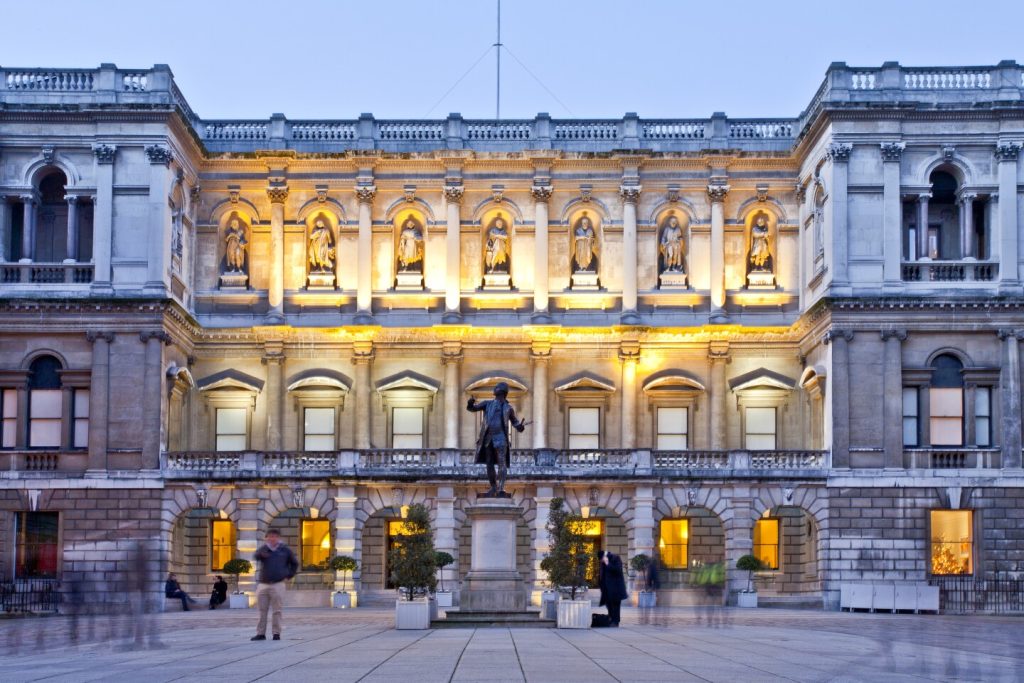
Founded in 1768, the Royal Academy was established after Sir William Chambers visited the king, seeking permission to “establish a society for promoting the Arts of Design”. With the king’s approval, the Royal Academy of Arts was formed. The Academy’s 36 founding members were a diverse group, including four Italians, one French, one Swiss, and one American. Some notable members of the Royal Academy of Arts include Joshua Reynolds, Joseph Mallod William Turner, John Constable, John Everett Millais, and Angelica Kauffman.
Their collection spans 250 years of British art, featuring works from Constable and Turner to Hockney and Emin. It includes approximately 935 paintings, 350 sculptures, 700 plaster casts, 25,000 prints and drawings, and 5,000 historic photographs.
The Royal Academy of Art offers short courses in printmaking, life drawing, modern painting, and conceptual art as well as lectures on various subjects. Additionally, the Academy maintains an online collection where you can explore works by past artists, and hosts events such as the annual Summer Exhibition.
https://abaroma.it/corsi-page/
https://abaroma.it/storia-sedi/
https://accademiadarte.net/home/about/
https://accademiasanluca.it/accademia/storia-dell-accademia
https://accademiasanluca.it/visita
http://www.art-in-rome.com/2016/05/accademia-nazionale-di-san-luca.htmlhttps://www.britannica.com/topic/Ecole-des-Beaux-Arts
https://beauxartsparis.fr/en/ecole/presentation-ecole/presentation
https://www.dailyartmagazine.com/famous-art-academies/
https://eng.rah.ru/academy/history/
http://www.italianrenaissanceresources.com/units/unit-3/essays/guilds-arti/
https://www.royalacademy.org.uk/page/a-brief-history-of-the-ra
https://www.sothebys.com/en/museums/royal-academy-of-arts
https://theculturetrip.com/europe/france/paris/articles/a-brief-history-of-the-ecole-des-beaux-arts
https://www.turismoroma.it/en/places/academy-fine-arts-rome
https://www.worldhistory.org/article/1611/life-in-a-renaissance-artists-workshop/


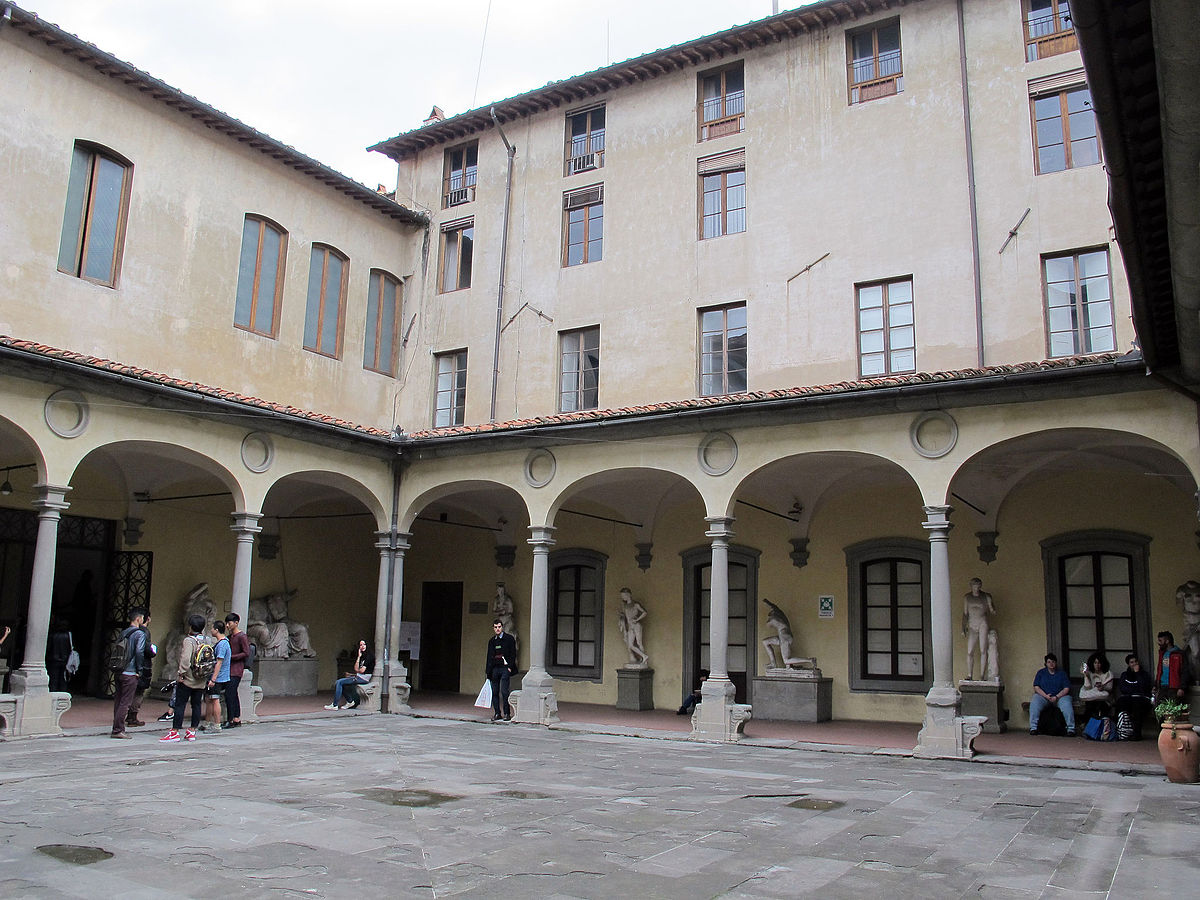
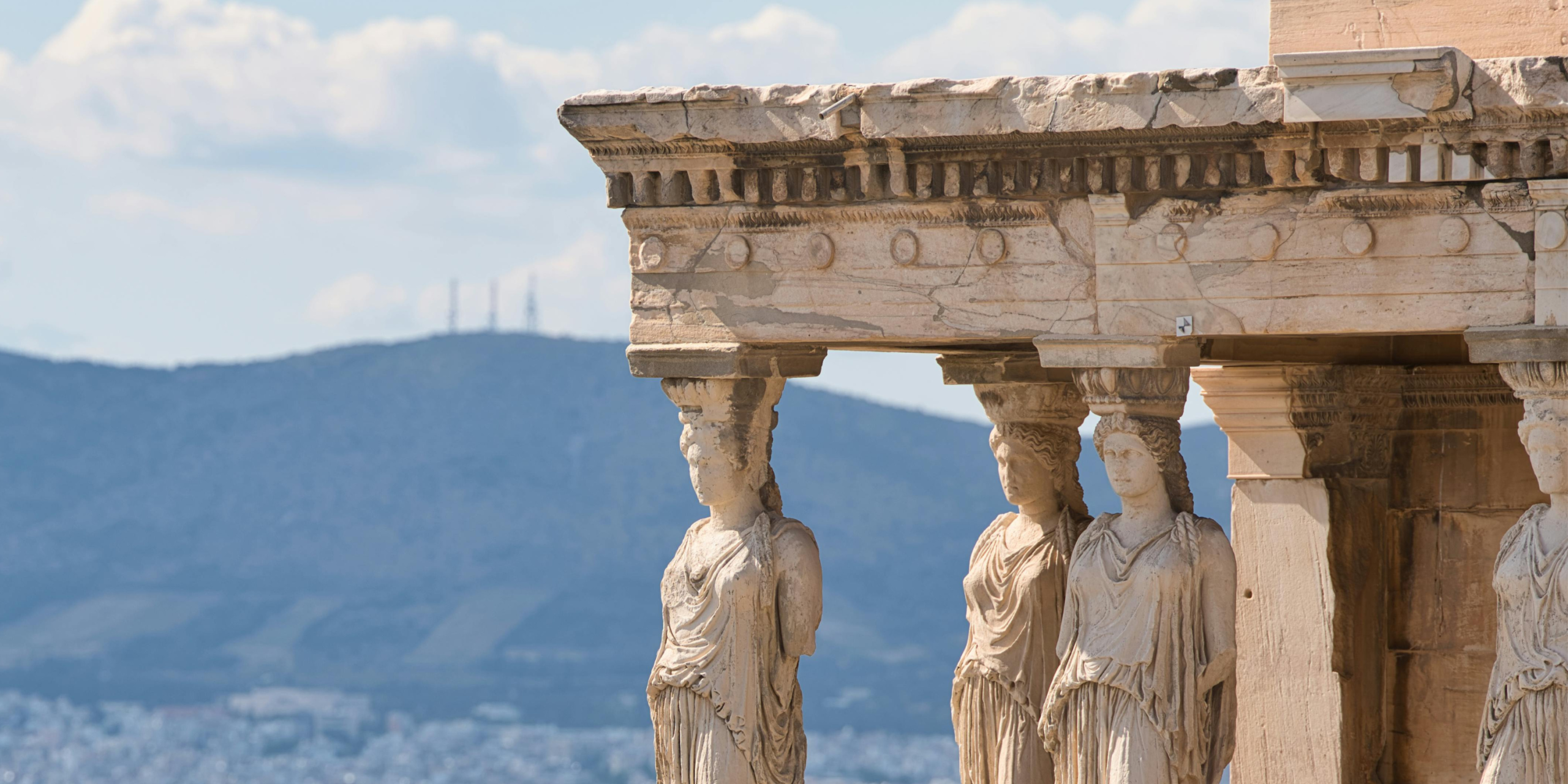

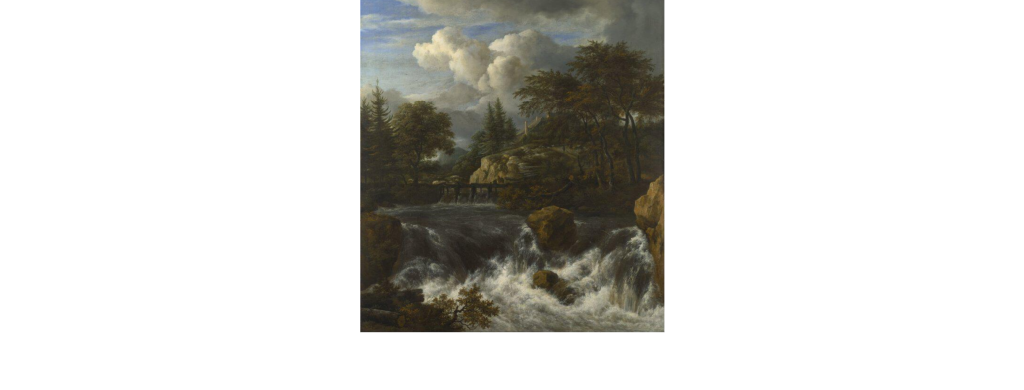

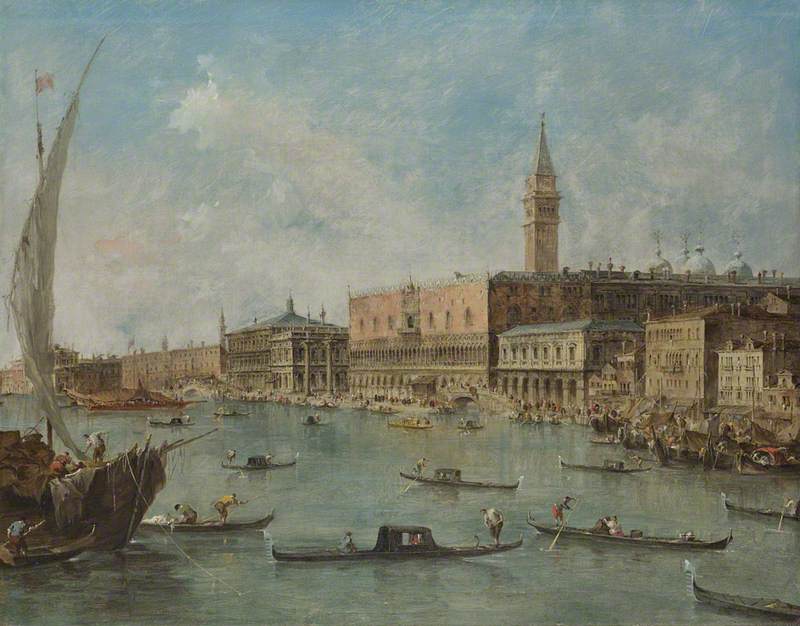
 The last painting is titled The Hay Wain by John Constable, created in 1821. The title refers to the wooden wagon, or wain, “used for transporting cut and dried meadow grass”, or hay. This painting is a view of the millpond at Flatford on the River Stour. This mill was used for grinding corn, leased and operated by the Constable family for 100 years.
The last painting is titled The Hay Wain by John Constable, created in 1821. The title refers to the wooden wagon, or wain, “used for transporting cut and dried meadow grass”, or hay. This painting is a view of the millpond at Flatford on the River Stour. This mill was used for grinding corn, leased and operated by the Constable family for 100 years.




